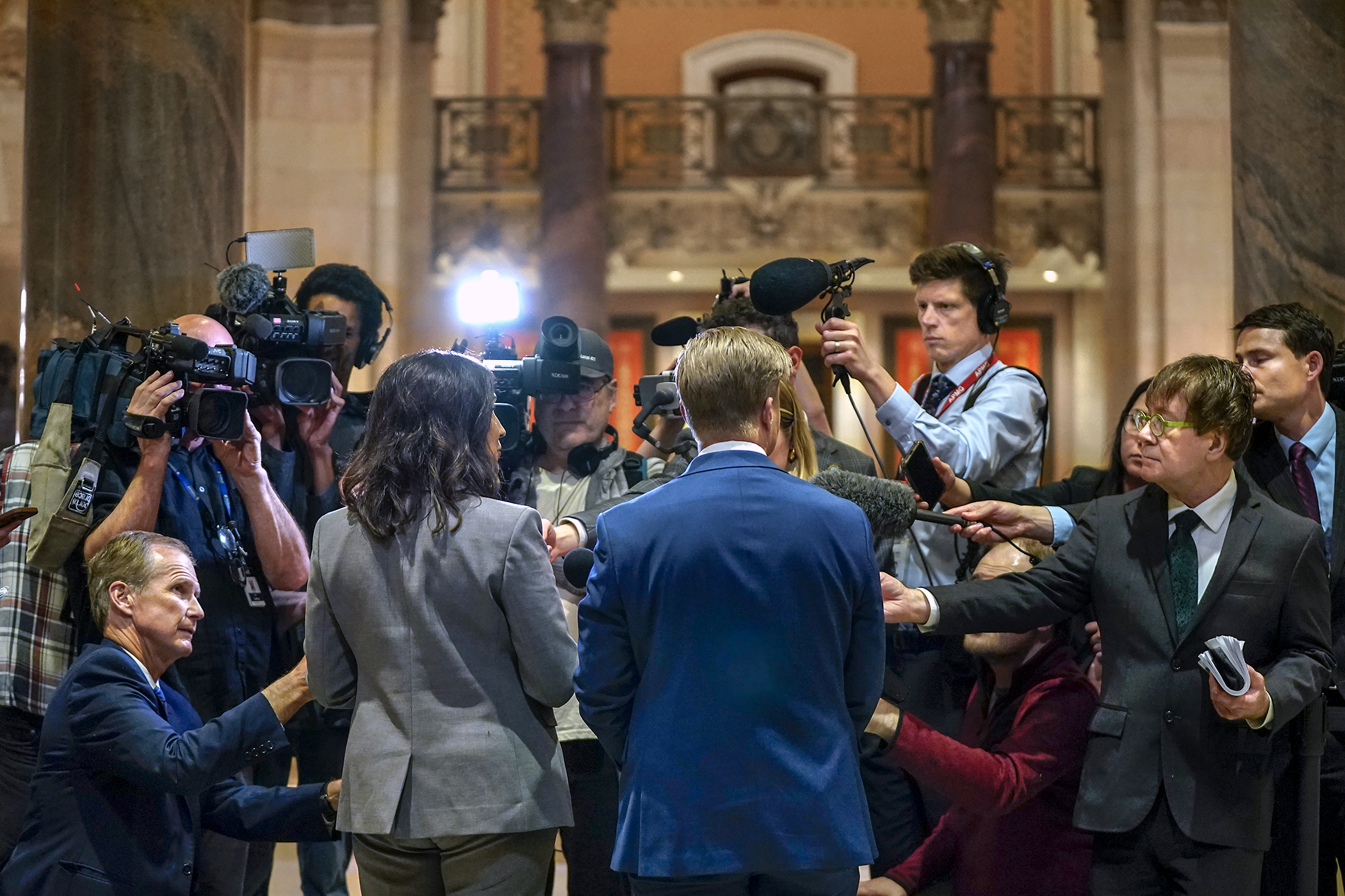Legislation aims to fill aid gap facing undocumented students
Although Congress never passed the DREAM Act to provide more opportunities for undocumented children from immigrant families, several states passed their own versions of its provisions. Minnesota was one of them.
In 2013, the Minnesota Prosperity Act changed state law to provide in-state tuition rates for the University of Minnesota and Minnesota State to undocumented students and allow them to apply for state grants. But there’s still a financial hole in the dreams of a lot of those students, in that federal Pell Grants are not available to them. So their financial aid comes up, on average, about $3,350 per year short of those who receive Pell Grants.
But that could change
Sponsored by Rep. Carlos Mariani (DFL-St. Paul), HF573 would fill in with state aid the missing amount of the Pell Grant for those students. On Tuesday, the House Higher Education Finance and Policy Division laid the bill over for possible inclusion in the higher education finance omnibus bill.
Currently, students who do not meet two requirements – being a citizen and having a high school diploma – have their state grant reduced by the amount of Pell Grant for which they’re eligible, even though they cannot actually receive that Pell Grant award.
The change would increase state grant awards for about 500 students.
“Having invested in these young people,” Mariani said, “having bet that their education is best for our society, particularly once they’re able to normalize their citizenship status, filling this hole is a good way to protect that investment. It’s about expanding access and doing it in a state that’s getting closer and closer to a really tight labor market. This is another way of maximizing all of the human potential we have in Minnesota.”
But Rep. Mary Franson (R-Alexandria) was not convinced of the bill’s benefits.
“I get a little concerned when we give preferential treatment to those who are not in this state legally when we have Minnesota legal citizens who are in families of the middle class who are squeezed and unable to afford tuition,” Franson said.
Mariani replied: “The intent here is to provide parity and equity for students who do not have access to the federal Pell Grant. It’s my hope that, if they’re eligible or ineligible for a Pell Grant, they should have the same amount of assistance.”
The Office of Higher Education estimates that the change would cost the state $1.6 million annually.
The companion, SF1394, is sponsored by Sen. Sandy Pappas (DFL-St. Paul), and awaits action in the Senate Higher Education Finance and Policy Committee.
Related Articles
Search Session Daily
Advanced Search OptionsPriority Dailies
Legislature — with budget incomplete — gavels out, prepares for special session
By Rob Hubbard Some years, state legislative sessions surge to a climax on their final day, a flurry of activity providing a sustained adrenaline rush, culminating in smiles of satisfaction as...
Some years, state legislative sessions surge to a climax on their final day, a flurry of activity providing a sustained adrenaline rush, culminating in smiles of satisfaction as...
Walz, lawmakers strike budget deal in session's final days
By Lisa Kaczke With five days to go in the 2025 session, three of four legislative leaders announced a budget agreement Thursday that would sunset unemployment insurance for hourly school empl...
With five days to go in the 2025 session, three of four legislative leaders announced a budget agreement Thursday that would sunset unemployment insurance for hourly school empl...
